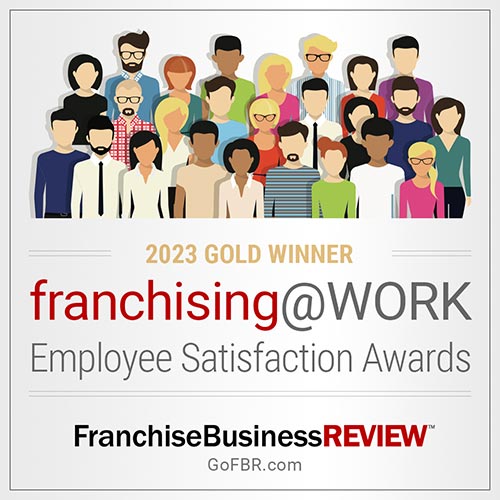Providing quality user experiences online is increasingly important touchpoint to enhance franchise brand. In fact, user experience is expected to surpass price and product as the main brand differentiator by 2020. But signs of that shift already are becoming clear: According to Experience Dynamics, 79 percent of users say they will leave a site and shop elsewhere if the site is not optimized.
Websites that run slowly, require repetitive input from the consumer or are not optimized for mobile devices can frustrate users. With so many options to shop online, 95 percent of consumers agree that creating “good user experience just makes sense.” Franchise marketing teams should recognize the importance of user experience and work to ensure their sites are smooth and easy to browse.
Creating Quality Experiences
User experience encompasses consumers’ entire journeys, from the moment they hear about your company to the moment they make their first purchases and beyond. Consumers want their online experiences to be fast, interactive and tailored to their preferences. When companies fail to provide those experiences, consumers will look for them elsewhere.
Creating personalized and seamless interactions with customers might seem challenging if you haven’t already invested in upgrading your user experience. Here are three techniques to ensure that you’re off to a good start:
1.) Give users unique personas
Create personas for users by having them sign in with emails and passwords. Unique personas allow users to pick up where they left off anytime they visit your site. The customer experience becomes much more convenient when users can skip inputting personal information multiple times throughout the process.
Attributing unique personas to customers also makes it possible to track their journeys and learn about their interests. You can tailor the experience more effectively if you know whether a user prefers visiting your site on a computer or a mobile device, as well as what the user searches for and purchases.
2.) Learn from user interactions.
Pay attention to how users research and buy products on your site. Communicating with consumers about their experiences is a great way to fine-tune your site’s overall user experience. However, consumers don’t always recognize or voice certain issues. In those cases, watching users in action can uncover aspects of the experience that need improvement.
For optimal results, choose a small sample of users to observe. Tracking technology such as heat-map software can highlight the more popular areas of each page, which areas users typically avoid and at what point users stop browsing and leave your site.
3.) Personalize each user’s experience.
Use the information you gather from users to personalize their experiences as much as possible. You might not be able to create a personalized experience for each of the more than 1 billion users online, but it’s possible to customize parts of your site on the basis of information gleaned from consumers’ previous visits.
Sites such as Amazon and Netflix offer excellent examples of personalization. Each of them tailors recommendations and greets users by name using automated software that recognizes online personas. This level of customization creates a unique experience for users, making purchases simpler and encouraging them to visit more often.
Most consumers agree that user experience is the most important reason they stay on or leave a brand’s website. Take steps now to optimize your site’s user experience, and you’ll keep your current customers happy and create a smooth journey for future visitors.











